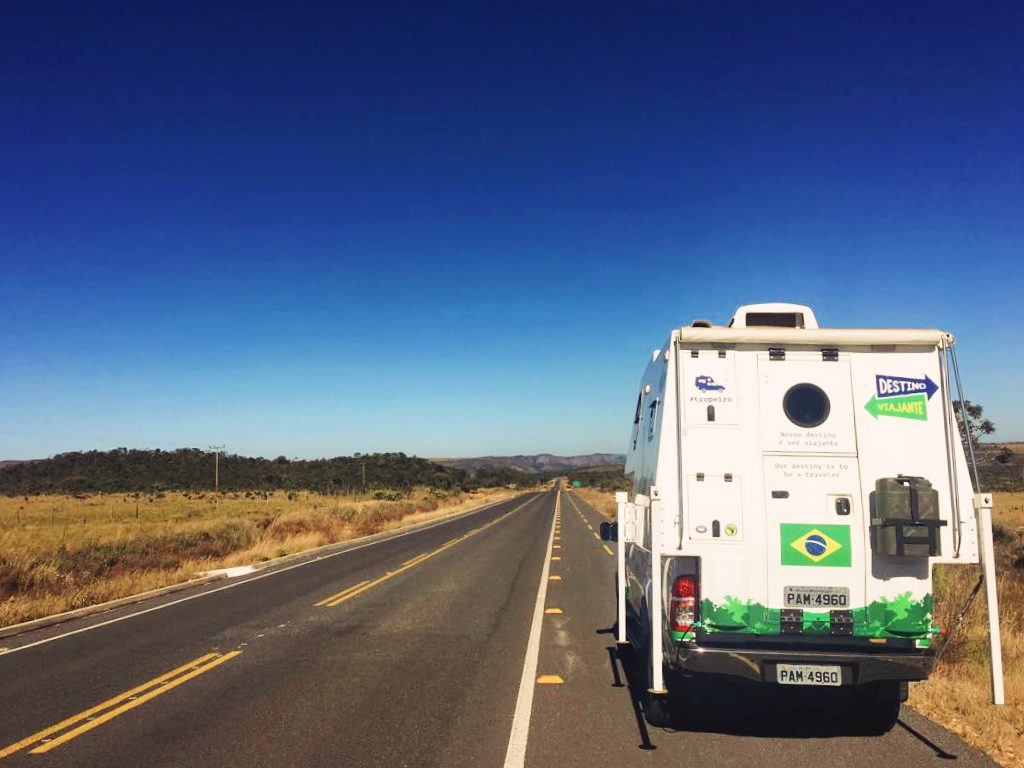
WHY TROPEIRO
“Tropeiro” is the name given to the people who conducted mules and horses between production areas and consumer centres in Brazil from the 17th century. Each animal carried around 120 kg and they could walk up to 3.000 km. They had an important economic role but the cultural context as a conduit of ideas and news between villages and communities that were distant from each other, at a time where there were no roads in Brazil, was essential.
Traders travelled between Rio Grande do Sul and São Paulo, carrying oxen, horses, mules and regional products. In 1680, the Jesuits settled in the Missions’ region, what today we know as Rio Grande do Sul. They brought with them cattle that multiplied freely on the south land. With the great gold discovery in Minas Gerais, there was a large increase in the demand for meat (jerky) and leather for the saddlebags used for the gold transport to the Portuguese metropolis.
Along the routes, they helped several Brazilian cities to thrive. The cities of Taubaté, Sorocaba, Santana de Parnaíba and São Vincente in São Paulo, Viamão and Cruz Alta in Rio Grande do Sul and Castro in Paraná are a few of the pioneers that stand out for their “tropeiros” activities.
Far from being specialized merchants, the “tropeiros” bought and sold a little bit of everything: food, clothes, tools, etc. The existence of the “tropeiro” activity was closely related to the comes and goes along paths and roads, specially with the Estrada Real (Royal Road) – the place which the Minas Gerais gold led to Rio de Janeiro and travelled all the way to Portugal.
The “tropeiros” transported a wide variety of goods, such as brown sugar, spirits, vinegar, wine, olive oil, cod, dried fish, cheese, butter, biscuits, raisins, nuts, flour, ginger, soap, dried fruits, salami, fabric, coconut, beef jerky, cotton, salt, glasses for windows, etc.
One of the initial marks of the “tropeiro” activity was in 1695 when the Portuguese Crown installed in the village of Taubaté the Casa de Fundição de Taubaté (Taubaté’s Foundry House). From then on, all the gold extracted in Minas Gerais had to be taken to this village, and from there, it went to Parati’s Port where it was sent to Portugal via Rio de Janeiro.
The “Tropeiro” Museum was inaugurated in 1977 in Castro, Paraná. Its collection includes simple pieces like clothing and small objects used by them, and also the important objects like the “cangalha” (a wood or iron artefact, usually padded, which is attached to the back of the horse to hang cargo on both sides), and tools used for this pioneer job that discovered the inland of Brazil and founded countless cities, including Castro itself.
Even today, “tropeiros” operate in some regions of Brazil, such as those that transport cheese and sweets from the region of Itamonte in Minas Gerais to Visconde de Mauá, in Rio de Janeiro.

